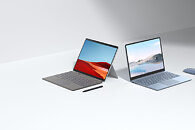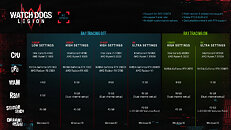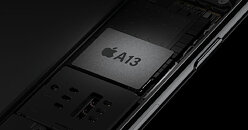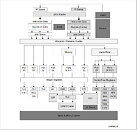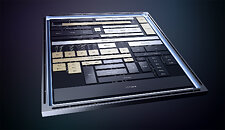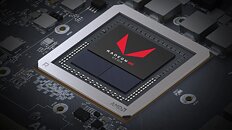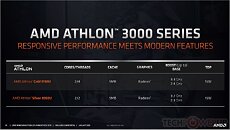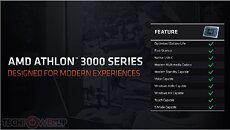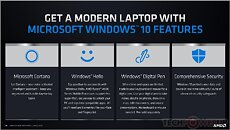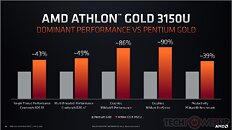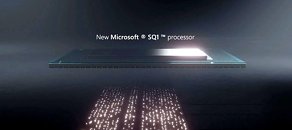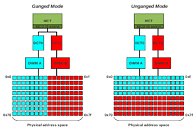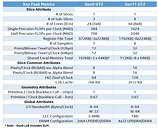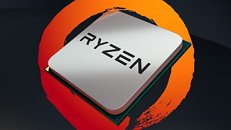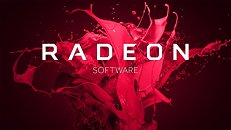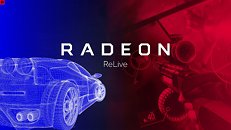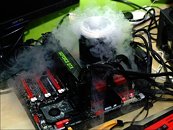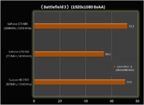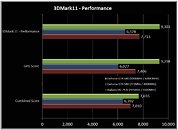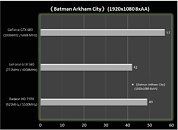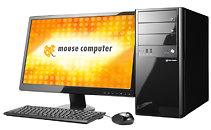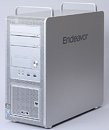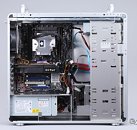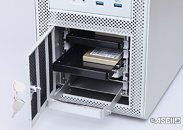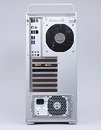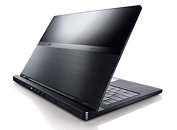
Ampere Computing Creates Gaming on Linux Guide, Runs Steam Proton on Server-class Arm CPUs
Ampere Computing, known for its Altra (Max) and upcoming AmpereOne families of AArch64 server processors tailored for data centers, has released a guide for enthusiasts on running Steam for Linux on these ARM64 processors. This includes using Steam Play (Proton) to play Windows games on these Linux-powered servers. Over the summer, Ampere Computing introduced a GitHub repository detailing the process of running Steam for Linux on their AArch64 platforms, including Steam Play/Proton. While the guide is primarily designed for Ampere Altra/Altra Max and AmpereOne hardware, it can be adapted for other 64-bit Arm platforms. However, a powerful processor is essential to appreciate the gaming experience truly. Additionally, for the 3D OpenGL/Vulkan graphics to function optimally, an Ampere workstation system is more suitable than a headless server.
The guide recommends the Ampere Altra Developer platform paired with an NVIDIA RTX A6000 series graphics card, which supports AArch64 proprietary drivers. The guide uses Box86 and Box64 to run Steam x86 binaries and other x86/x86-64 games for emulation. While there are other options like FEX-Emu and Hangover to enhance the Linux binary experience on AArch64, Box86/Box64 is the preferred choice for gaming on Ampere workstations, as indicated by its mention in Ampere Computing's Once the AArch64 Linux graphics drivers are accelerated and Box86/Box64 emulation is set up, users can install Steam for Linux. By activating Proton within Steam, it becomes feasible to play Windows-exclusive x86/x86-64 games on Ampere AArch64 workstations or server processors. However, the guide doesn't provide insights into the performance of such a configuration.
The guide recommends the Ampere Altra Developer platform paired with an NVIDIA RTX A6000 series graphics card, which supports AArch64 proprietary drivers. The guide uses Box86 and Box64 to run Steam x86 binaries and other x86/x86-64 games for emulation. While there are other options like FEX-Emu and Hangover to enhance the Linux binary experience on AArch64, Box86/Box64 is the preferred choice for gaming on Ampere workstations, as indicated by its mention in Ampere Computing's Once the AArch64 Linux graphics drivers are accelerated and Box86/Box64 emulation is set up, users can install Steam for Linux. By activating Proton within Steam, it becomes feasible to play Windows-exclusive x86/x86-64 games on Ampere AArch64 workstations or server processors. However, the guide doesn't provide insights into the performance of such a configuration.





